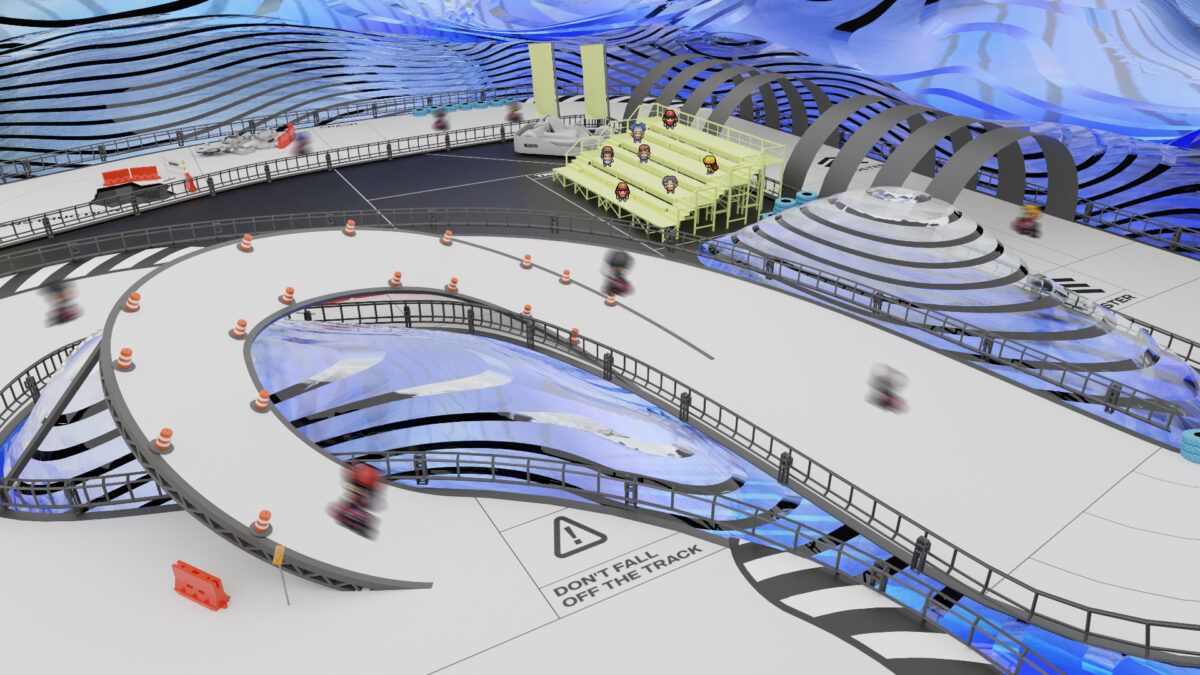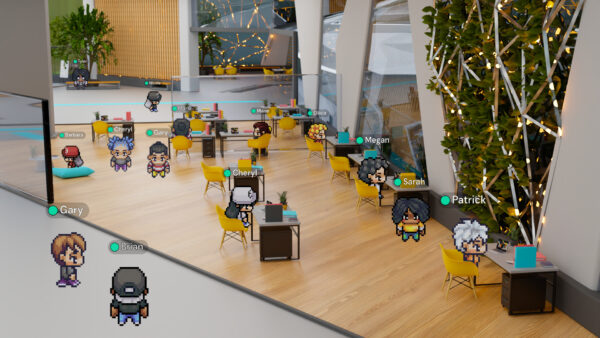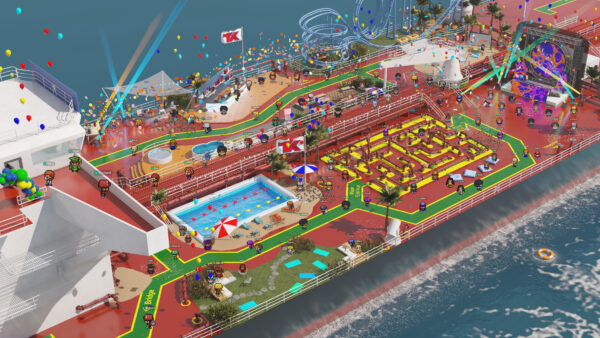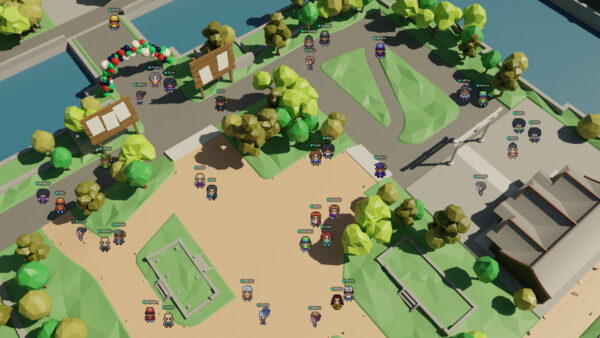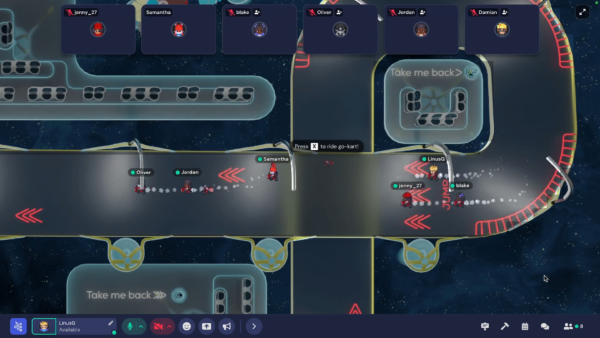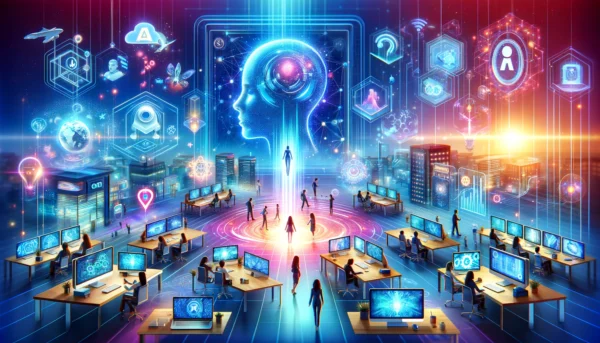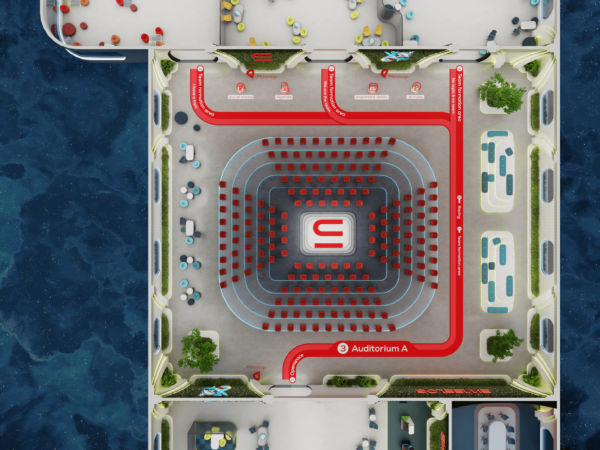Imagine turning every learning experience into an exciting adventure. In today’s fast-paced digital world, keeping people engaged can be quite a challenge. That’s where gamification comes in. This approach combines the thrill of gaming with the value of educational content to make learning not just effective, but actually fun.
At Space Makers, we specialize in designing virtual spaces that leverage gamification to transform traditional learning environments. Here are five powerful ways gamification can reinforce learning in online environments.
1. Enhancing Engagement
Let’s face it: traditional learning methods can be boring. Gamification adds a layer of excitement by incorporating elements like points, badges, and leaderboards. These features tap into our innate love for competition and rewards, making the learning process more enjoyable and engaging. Game-like elements make learning more interactive and fun, encouraging learners to participate actively and stay focused.
Gamification also introduces elements of surprise and curiosity, such as unlocking new levels or earning unexpected rewards, keeping learners hooked and coming back for more. This state of flow is crucial in maintaining motivation and ensuring that learners see the journey through to the end. It’s quite simple, really. When you’re having fun, you’re more likely to stay engaged, leading to a deeper and more productive learning experience.
2. Improving Retention
Remember that game you couldn’t put down? Imagine if learning could be just as memorable. Gamification helps improve retention by making information more interactive. Quizzes, challenges, and simulations provide hands-on experiences that reinforce knowledge. Instead of passively reading a textbook, learners engage in activities that require them to apply what they’ve learned, solidifying their understanding.
For instance, a virtual space for medical students might include a simulation where they diagnose and treat virtual patients. This immersive experience allows them to practice their skills in a safe environment, making the information stick much better than traditional study methods. When learners interact with the material in a meaningful way, they’re more likely to remember and apply what they’ve learned. Studies have shown that active participation, a core component of gamified learning, significantly boosts retention rates and helps learners retain information long-term (MDPI) (SpringerOpen).
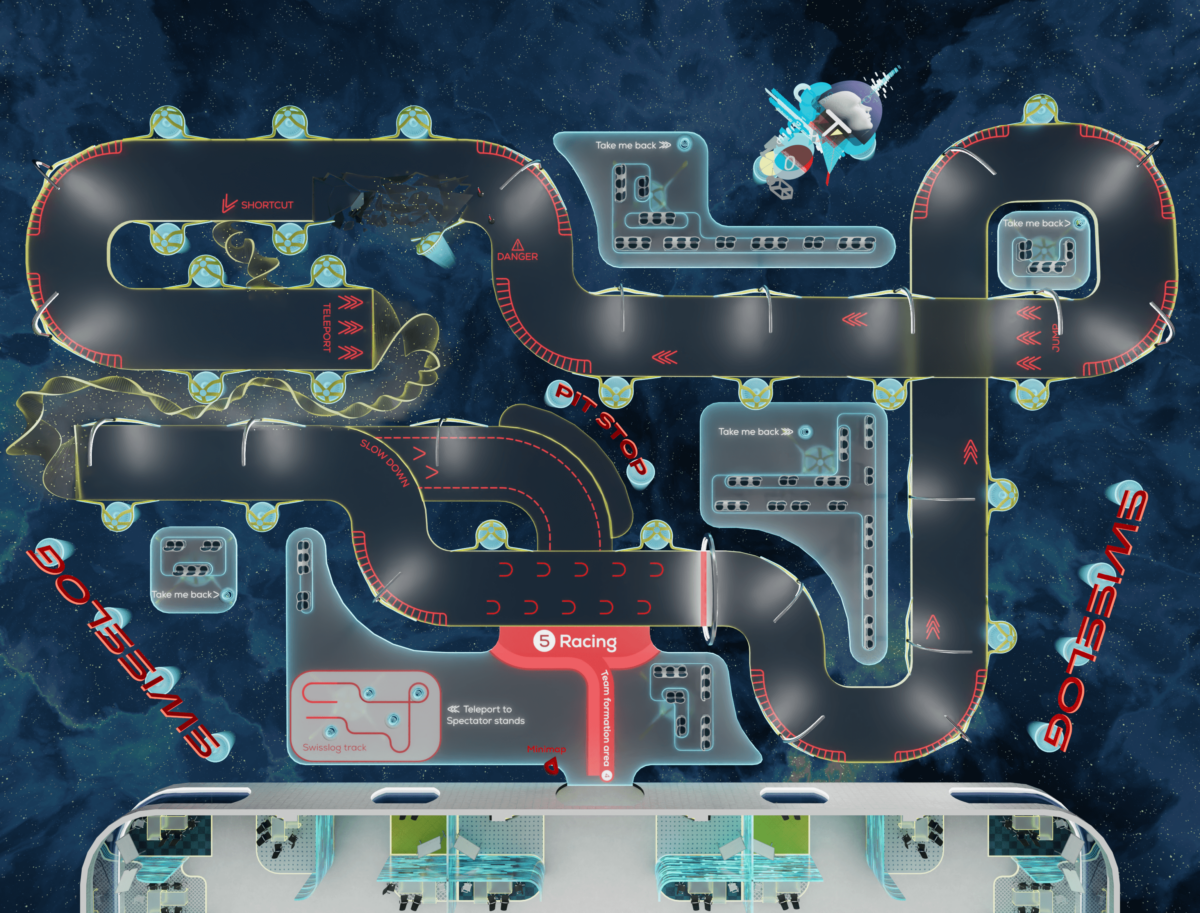
3. Encouraging Collaboration and Social Interaction
Learning isn’t just about absorbing information. It’s also about interacting with others. Virtual spaces designed with gamification elements encourage collaboration and social interaction. Multiplayer games, team challenges, and social features like chat rooms and discussion boards create opportunities for members to work together and share insights. This collaborative approach not only enhances the learning experience but also builds essential social skills.
For example, a virtual corporate training program might include team-based challenges where employees collaborate to solve problems. These activities promote teamwork and communication, which are crucial in any professional setting. By working together towards common goals, learners develop a sense of community and camaraderie. This social aspect of learning can be particularly beneficial in remote or hybrid work environments, where opportunities for casual interaction are limited. That’s where virtual spaces come in!
4. Providing Instant Feedback and Recognition
In the world of gaming, feedback is immediate. Whether you’re levelling up or losing points, you know right away how you’re doing. This instant feedback can be incredibly powerful in a learning environment. Gamification provides learners with real-time feedback on their progress, helping them understand what they’re doing well and where they need improvement. This immediate response helps learners adjust their strategies and improve their performance quickly.
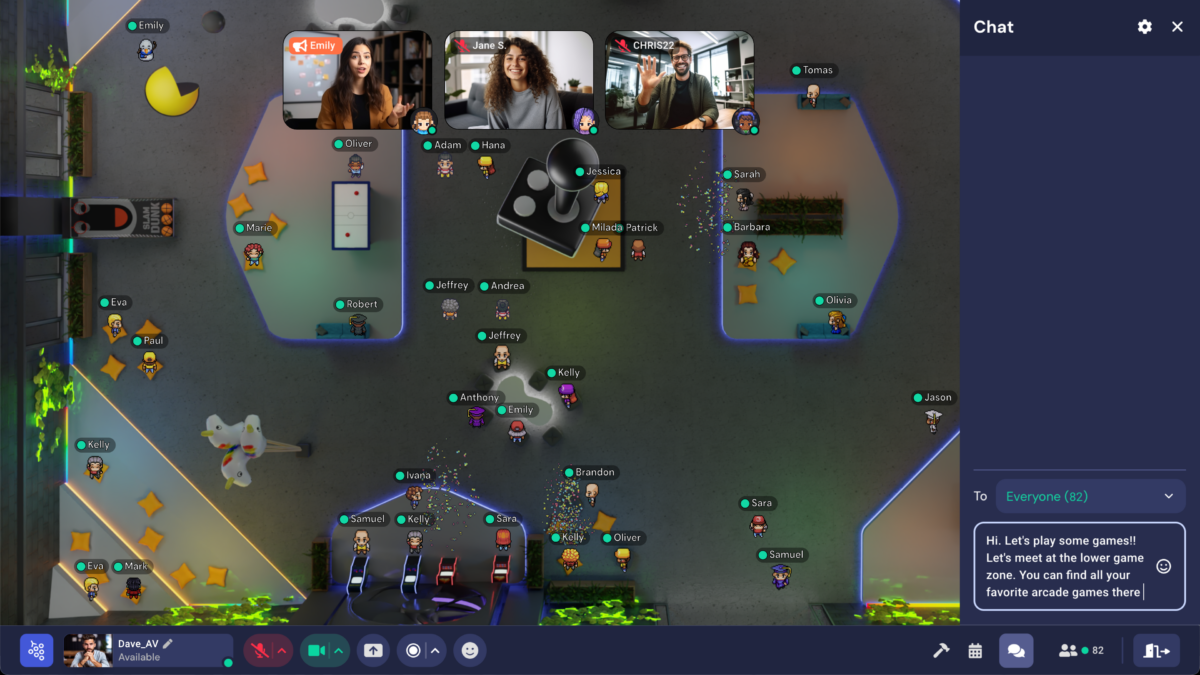
5. Personalized Learning Experiences
Everyone learns differently, and gamification allows for a more personalized learning experience. Adaptive learning paths, customized challenges, and personalized rewards can be tailored to meet individual learners’ needs and preferences. This flexibility ensures that each learner can progress at their own pace and focus on areas where they need the most improvement.
For example, an online coding academy might adapt its challenges based on the learner’s proficiency level, providing more complex tasks as the learner’s skills improve. This personalized approach makes the learning experience more relevant and engaging, helping learners achieve better outcomes. Gamification also allows learners to set personal goals and track their progress, providing a sense of ownership and control over their learning journey. Personalized learning experiences make the content more relatable and interesting, which is key to boosting motivation and engagement.
Unlocking the Power of Gamification
Gamification isn’t just a buzzword. It’s a powerful tool that can transform the way we learn in virtual spaces. By enhancing engagement, improving retention, encouraging collaboration, providing instant feedback, and offering personalized experiences, gamification makes learning more effective and enjoyable.
Ready to take your virtual learning environment to the next level? Contact us today to learn how we can help you design engaging and effective virtual spaces that leverage the best of gamification.
